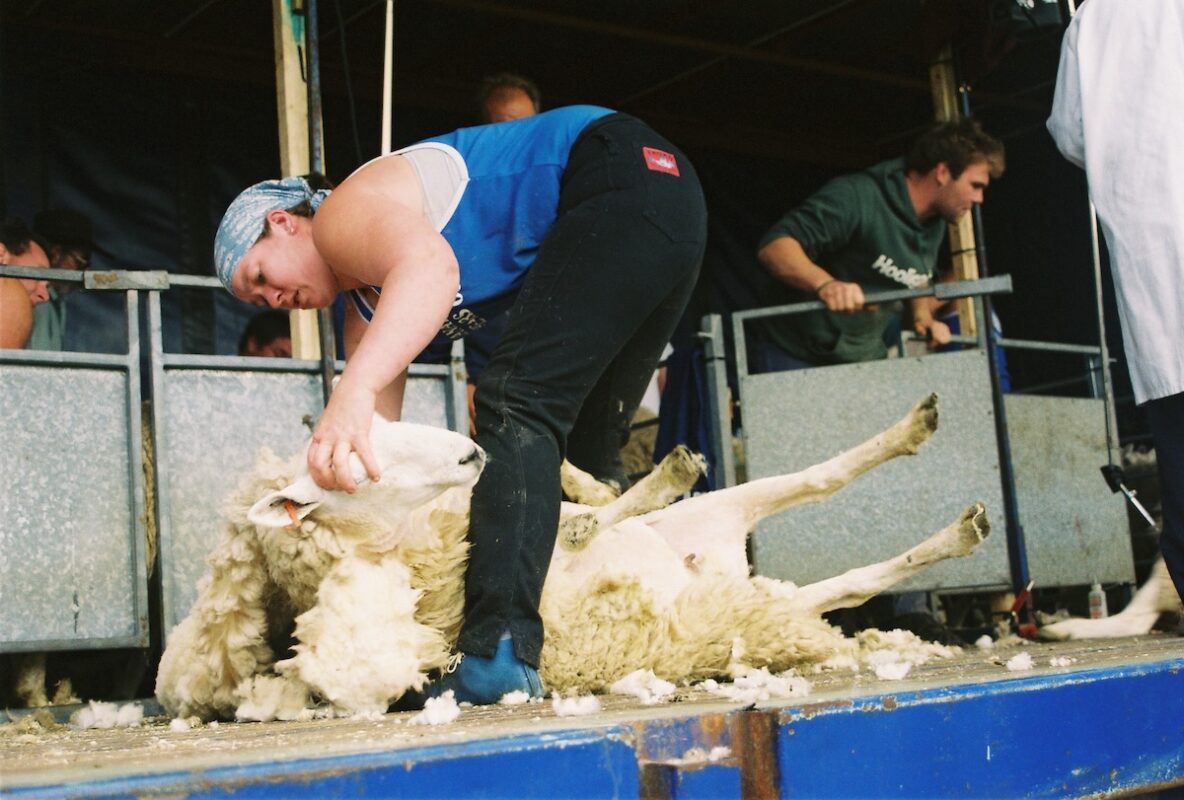Ofsted to inspect marketing

Don’t panic. It may never happen. But how would Ofsted grade your marketing and admissions?
At this time of year most colleges have plenty of applications and teaching staff are preparing to take some leave. But if Ofsted were to check your application figures now and then check your enrolments in the autumn, what percentage would have converted? Would yours be a Grade One or a Grade 5 college?
The problem is that healthy applications don’t necessarily convert to students in September. There will be many that change their mind, take an offer elsewhere, take a gap year, decide your college is not for them … the reasons for not converting from applicant to student are many. Conversion rates as low as 30% are not unusual on some courses. Conversion rates above 90% are rare.
For several decades I’ve obsessed about conversion rates more than application rates. I’d rather have 20 applicants for a course that annually converts above 85% than 35 applicants where the conversion rate varies from year to year but never exceeds 45%.
Having worked in, and worked with, many colleges I recognise a number of danger signals when it comes to conversion rates.
Pre-application issues
The whole conversion rate problem goes back to before applications are made. If a college fails to provide adequate course information then applicant numbers will be low and, however good the conversion rate, the course will not be viable.
Similar problems ensue where web based and paper application forms are either complex or badly designed. Some providers demand a mobile phone number on the web form, and if you don’t insert it then you cannot submit your application. So if you don’t own a mobile phone you can’t apply. In other cases the forms are long and complex and demand other obscure information. The problem is that without a save function the whole form can disappear whilst the applicant looks for their National Insurance number or some other detail they didn’t expect to have to supply.
This summer I’ve mystery shopped seven colleges. Quite a few couldn’t tell me the cost of professional courses, like CIPS, CMI, or even the dates they would run in a few months time. So I have to ask why they expect employers to book their staff on to courses where there is a dearth of information? In many cases where information is not forthcoming I’ve been promised a call back from the curriculum area. Sadly weeks later few calls have been received.
Grade 1 for conversions
When I go into a provider and they can show me a graph of conversion rates, by course, going back 3-5 years, I know I’m in a well organised college where conversion is under control. Obtaining this information shouldn’t be difficult, but few colleges seem to do it. The best produce weekly figures and i’d grade as Grade 1 for marketing and conversion.
Factors affecting conversion
There are many factors affecting conversion rates. Years ago, as a Director of Marketing, I knew that applicants for our nationally recruited courses often applied for the two best national colleges and their local college. So, all things being equal, we could expect a 33% conversion rate.
Or actual rate was well over 50%. Often they exceeded 85%. To get high conversion rates takes more than run of the mill marketing. There is a need to build a relationship with the applicant.
For starters, letters to them are from a named individual, preferably signed by hand. After all people buy from people and not from college departments full of anonymous staff.
Where applicants have attended a Taster course, built a rapport with staff in an enjoyable atmosphere and experienced college life at its best, then conversion rates soar. Taster courses are a conversion essential in my book. Arguably they are expensive to run, but so are poorly recruited courses and poor retention.
Applicants also need a steady flow of useful communications from the college if conversion rates are to be high. A Good Luck card at exam time is of much less use than study tips earlier in the year.
In the best cases the rapport with prospective students starts at the age of 12-13 and results in application and enrolment. The type of information provided for this age group will be usually be different than that sent to those a few years older; but science and engineering projects or updates can be independent of age in some circumstances.
In almost 100% of cases a good science or beauty video will engage applicants far more than a corporate college video.
Applicants are also more likely to convert if they become involved in college life before enrolling. This isn’t so difficult as it sounds. Running a competition entitled “Why I’ve chosen [named] college”, where the applicant makes a 30-60 second video on mobile phone and posts to Facebook is going to engage them more than the void that often occurs between an application one year and enrolment the next.
There are hundreds of other small things providers can do to ensure high conversion rates.
Ask yourself if you are really making an impact here or could do better.
Conversion from applicant to enrolled student isn’t rocket science. But I suspect Ofsted would award Grade1 to very few.
What are you doing to improve your grade?
Marketing consultant Stefan Drew was previously director of marketing at two FHE colleges and now works with providers throughout the UK, Europe and the US – visit: http://www.providermastermind.com












Responses